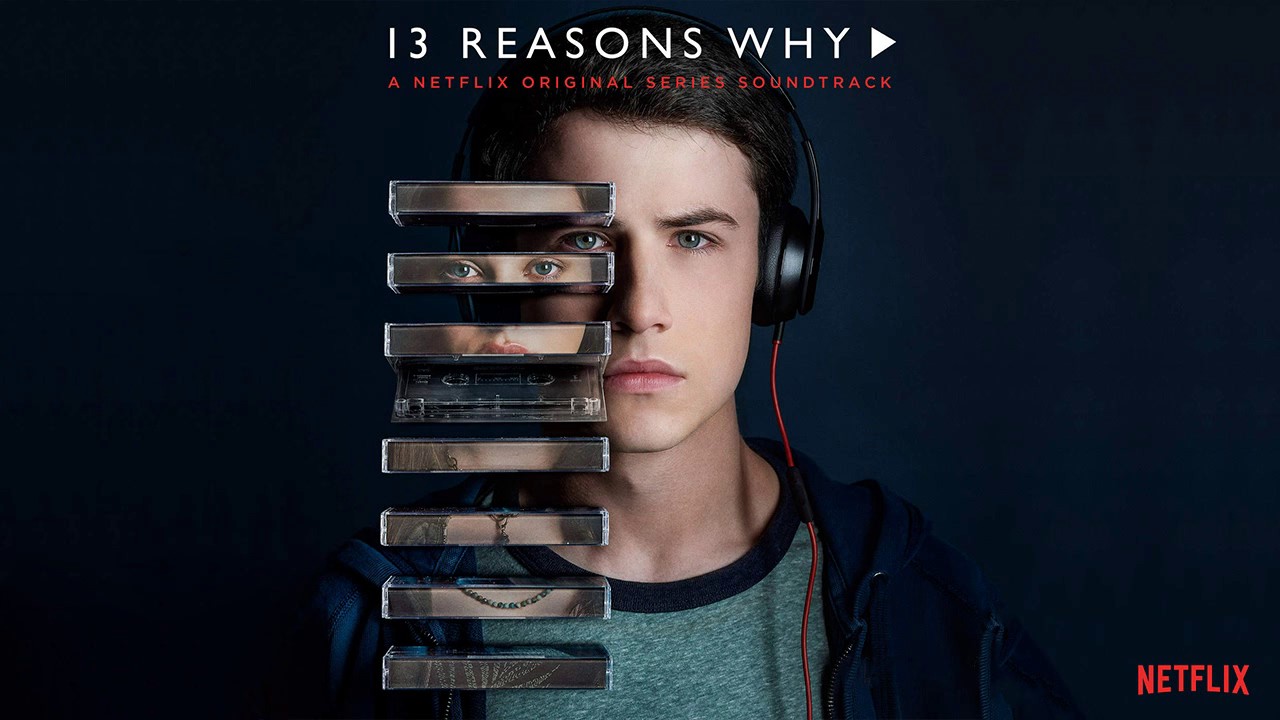
13 Reasons Why. Chances are you have either watched it, heard about it or have been somewhat curious about the series. To update those who may not be familiar, 13 Reasons Why is a topical and popular US Netflix series that tells the story of Hannah Baker, a teen who takes her own life after leaving 13 tapes behind – one for each person that she believes is responsible for her suicide.
You may be reading this as a teen, young adult, parent or just someone who might have been as curious as I was when I first heard about the series. Either way, I hope I tap into your curiosity and you read on…
As you might know, the series has sparked widespread media attention regarding the risks associated with the show. Nationally, counselling services and youth mental health agencies have reported an increase in calls from young people, parents and schools raising concerns about the content. Professionals and researchers in the suicide prevention field have voiced their concerns regarding the risks associated with the series, and the following points have been noted:
- The series glamorises suicide and offers the depiction that someone who suicides can see the impact that their actions have on those left behind after their death which does not accurately depict the finality of suicide
- The content likely increases the risk of already “at-risk” young people identifying with Hannah’s story and considering suicide for themselves
- The content (particularly the graphic suicide scene and sexual assault scenes) has the potential to trigger or re-trigger distress/trauma among viewers
- The series attributes blame to those left behind by the suicide of another and portrays that suicide is a direct result of others’ actions, rather than a complex issue that has multiple contributors
- The content does not promote help-seeking, and when help is sought out, it is negative and ineffective. Adults are depicted as incompetent and unapproachable in providing support to young people.
Research clearly demonstrates the impact that suicide exposure has on increasing risk among adolescents, so we cannot ignore the risks associated with this. However, let’s also not convince ourselves that our informed reasoning based on research is enough to deter every teen from viewing it. Let’s also not ignore that however risky the content is, it has drawn people in… …it certainly has got people talking about a topic that society generally tends to shy away from. Suicide is confronting. It brings up a range of difficult thoughts and emotions for all of us, and for this reason alone it is not something that generally tends to come up in everyday conversation. So, now that it’s got people talking, let’s take this opportunity to not only provide a warning about the content, but let’s also discuss what you can do to help yourself or someone who you might be concerned about.
Warning signs and risk factors: What to look for
There is no single cause of suicide and every person who contemplates suicide will be different. Unsettling? I know. All we can do is look out for signs that indicate that someone might be at risk, openly listen nonjudgmentally, confide in a trusted adult (if you are a young person) and support the person to seek professional help. It is also important to know that no-one is to blame for suicide – it is a complex issue influenced by multiple factors (often including mental illness). Not every person who has depression attempts suicide, and not every person who suicides has depression. However, we cannot ignore that depression tends to impair a person’s ability to think rationally and clearly (which was not depicted in 13 Reasons Why).
13 Reasons Why did encompass many risk factors and warning signs that indicated that not only Hannah but other characters might be at risk of suicide.
Warning signs that indicate someone may be considering suicide include:
- Feelings of hopelessness and/or expressing a lack of hope for the future and that life seems meaningless
- Talking about suicide or death, threatening suicide and/or expressing suicidal thoughts through drawing, journaling etc.
- Withdrawing from family, friends, social groups etc.
- Changes in behavior such as partaking in reckless or risky behavior
- Expressing that they feel like a burden to others (i.e., “Others would be better off without me”).
Risk factors are factors that can increase the likelihood that someone might be at risk of suicide. Common risk factors include:
- Personal history of mental ill health and/or family history of mental illness and/or suicide
- Previous suicide attempt or self-harm
- Relationship breakdown (i.e., romantic partner, friends etc.)
- Death of a family member, friend or close associate
- Suicide of a family member, friend or someone who was perceived to be close to the young person. (This further increases suicide risk)
- School difficulties (i.e., academic difficulty, conflict with peers, bullying)
- Family conflict (i.e., divorce, financial difficulties etc.)
- Alcohol and/or drug use
- Social or geographic isolation
Please note that the above points do not encompass every warning sign and risk factor of suicide. Use this only as a guide.
What can I do to help myself or someone else?
If you are a young person who needs support or is worried about someone close to you, the first step to getting help is confiding in a trusted adult. This might be a parent, relative, teacher, counsellor, or making an appointment to see a doctor or psychologist. 13 Reasons Why depicted a very negative experience of help seeking. I assure you that not all help will look like what was depicted in the series.
When everything feels hopeless and suicide feels like the only way to stop the pain, seeking help can be the first step to finding an alternative solution to reduce the pain that you are experiencing. Sometimes our first experience at help seeking might not be what we hoped for – we might not connect with the person or we might feel that we weren’t heard. Just keep trying and asking until you find a trusted person who hears you and is able to help.
- If you are an adult who is worried about someone close to you, assure them that you care for them and support them to seek professional help.
- If you require support for yourself or need help in supporting someone else through a difficult time, please remember that there is help available.
Often, seeking help and talking through difficult times can take some of the weight off our shoulders, so please feel free to make an appointment with one of our experienced psychologists at Attuned Psychology.
Getting urgent help
- If you are concerned that you or someone else might be in immediate danger, please do not leave the person alone unless your own safety is at risk.If the situation is urgent, please dial 000 or go to the emergency department at your local hospital.
If this is not an emergency but you are feeling distressed our unsafe, there is also the option to contact crisis support services now:
- Lifeline 13 11 14
- Kids Helpline 1800 551 800
- Suicide Call Back Service 1300 659 467
- Mental Health Triage (Adelaide 24 hour service) 13 14 65 or your local crisis mental health service in other states
Ashleigh Stodden
Psychologist
Subscribe to our newsletter Attuned Life
Would you be interested in receiving our occasional newsletter, event information and other useful tips via e-mail?

